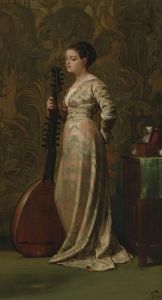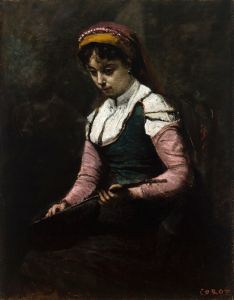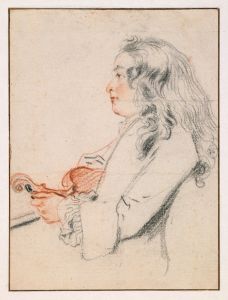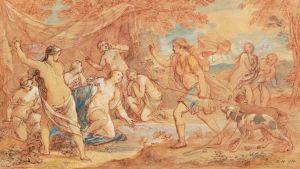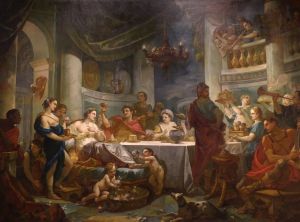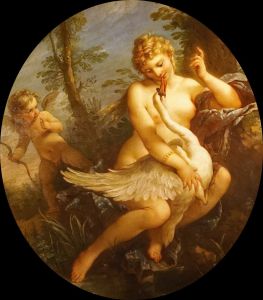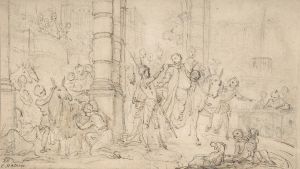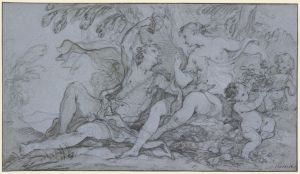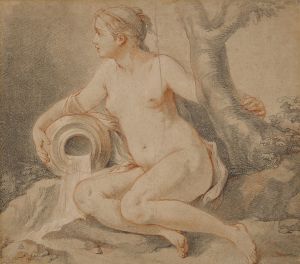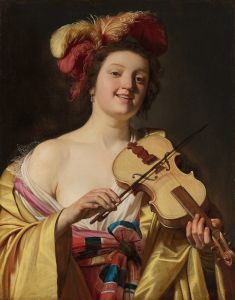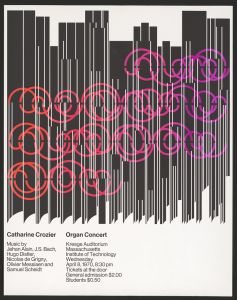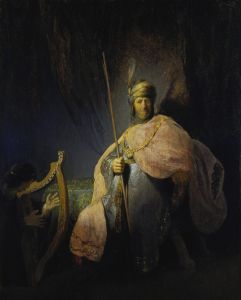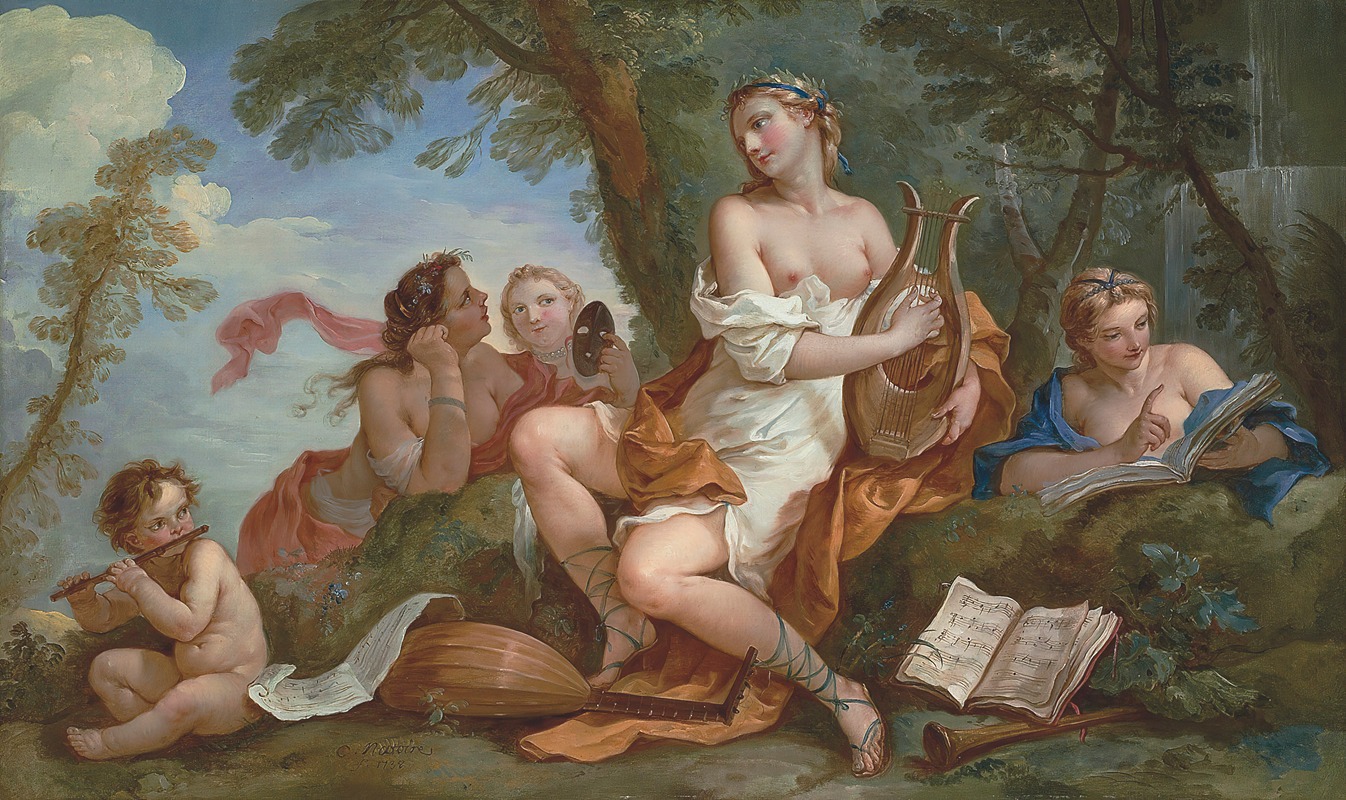
A Personification Of Music
A hand-painted replica of Charles-Joseph Natoire’s masterpiece A Personification Of Music, meticulously crafted by professional artists to capture the true essence of the original. Each piece is created with museum-quality canvas and rare mineral pigments, carefully painted by experienced artists with delicate brushstrokes and rich, layered colors to perfectly recreate the texture of the original artwork. Unlike machine-printed reproductions, this hand-painted version brings the painting to life, infused with the artist’s emotions and skill in every stroke. Whether for personal collection or home decoration, it instantly elevates the artistic atmosphere of any space.
Charles-Joseph Natoire's "A Personification of Music" is a notable artwork by the French Rococo painter, who was active during the 18th century. Natoire, born in 1700 in Nîmes, France, was a prominent figure in the Rococo movement, known for his elegant and decorative style. He was a student of the renowned painter François Lemoyne and later became the director of the French Academy in Rome.
"A Personification of Music" exemplifies Natoire's mastery in capturing the essence of the Rococo style, characterized by its lightness, grace, and playful themes. The painting is an allegorical representation, a common practice in Rococo art, where abstract concepts are depicted through human figures. In this work, Music is personified, likely portrayed as a female figure, which was a typical approach to embodying abstract ideas during this period.
The painting reflects the Rococo's emphasis on beauty, elegance, and the celebration of the arts. Natoire's use of soft colors, fluid lines, and intricate details are evident in this piece, showcasing his ability to create a harmonious and aesthetically pleasing composition. The artwork likely features musical instruments or symbols associated with music, aligning with the theme of personification.
Natoire's contribution to the arts extends beyond his paintings. As the director of the French Academy in Rome from 1751 to 1775, he played a significant role in shaping the education and development of young artists during his tenure. His influence is seen in the works of many artists who studied under him, and his leadership helped maintain the Academy's reputation as a prestigious institution for artistic training.
While specific details about "A Personification of Music" such as its current location, dimensions, and provenance might not be widely documented, the painting remains an important example of Natoire's work and the Rococo style. It reflects the cultural and artistic values of 18th-century France, where art was often intertwined with themes of mythology, allegory, and the celebration of human creativity.
Natoire's legacy as a Rococo artist is marked by his ability to convey elegance and sophistication through his paintings. His works, including "A Personification of Music," continue to be appreciated for their artistic merit and contribution to the Rococo movement. The painting serves as a testament to the enduring appeal of allegorical art and the timeless nature of music as a source of inspiration for artists throughout history.





